Active 1952–present Size ~700 commandos Founded 1954 | Type Special Forces | |
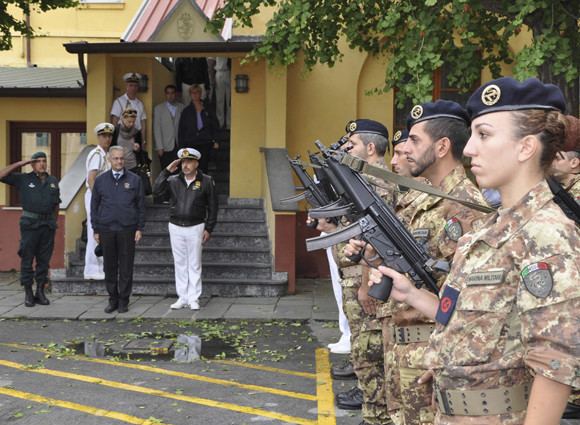 | ||
Role Search and rescuespecial operationsDirect Action Motto "E Fluctibus irruit in hostem" Similar Italian Navy, Decima Flottiglia MAS, Arditi, Italian Army, Italian Armed Forces | ||
Marina militare gli incursori della marina si esercitano a monte romano
COMSUBIN (Comando Raggruppamento Subacquei e Incursori Teseo Tesei; Teseo Tesei Diver and Raider Command Group) is the elite commando frogman force and one of the Italian special forces.
Contents
- Marina militare gli incursori della marina si esercitano a monte romano
- Chronology
- Components
- The Operational Raider Group
- The Operational Divers Group
- The Special Naval Group
- The Study Centre Group
- The School Group
- The Logistics Group
- Operational capability
- Overseas deployment
- Handguns
- Sub machine guns
- Assault rifles
- Grenade launchers
- Machine guns
- References
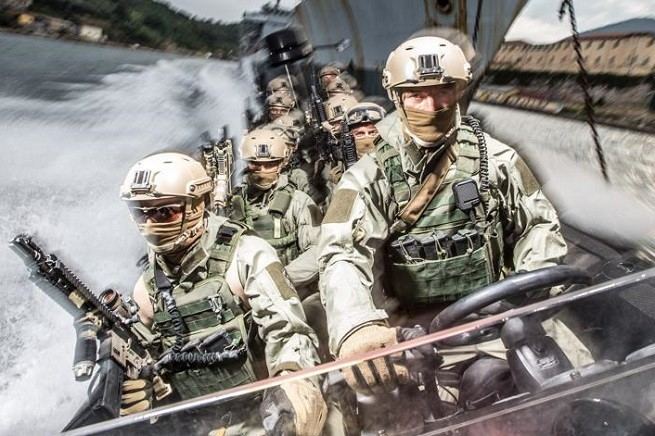
Italy was the first nation to use frogmen and human torpedoes. The Italian Naval Assault Divisions are considered to be the precursors to modern Naval Special Forces.
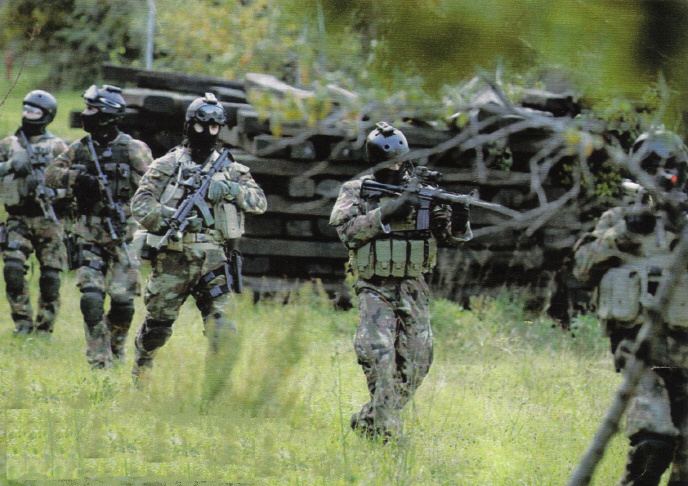
Their record can be traced back to World War I and the operation against the Austrian-Hungarian Battleship Viribus Unitis in Pula Harbour in 1918.
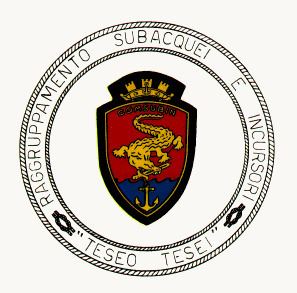
In World War II famous operations were Suda Bay, Alexandria, Gibraltar, and Malta.
Italy's frogman group originated in 1938 as the 1a Flottiglia Mezzi d'Assalto (1st Flotilla Assault Vehicles), which was reformed in 1940 as the Decima Flottiglia MAS (10th Flotilla Assault Vehicles, X MAS).
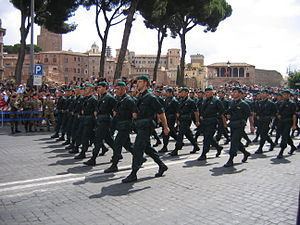
Chronology
See Operations of X MAS for Italian wartime frogman operations.After World War II ended, the victors forbade Italy from maintaining special operations personnel. The Decima Flottiglia MAS was disbanded but the training experience gathered during the war was not lost, it was preserved in units scattered across the new Marina Militare.
COMSUBIN is currently based in three detachments near the Gulf of La Spezia in the Liguria region of north-west Italy. In keeping with its traditions, the command has long been known for its acquisition and use of unconventional weapons and small arms, such as the Armalite AR-10.
Some nations including Italy have continued to make and keep human torpedoes after 1945.
Components
Though technically referred to as a special operations force, COMSUBIN is somewhat different in that it considers itself a naval specialisation. Perhaps the most storied task of COMSUBIN is the destruction of enemy naval assets, particularly by sea. However, COMSUBIN's six principal components (described below) all perform markedly different tasks each as essential as the other. COMSUBIN GOI are largely drawn from the ranks of the Navy's own San Marco Marine Regiment after a rigorous selection process.
The Operational Raider Group
The Operational Raider Group (Gruppo Operativo Incursori) is a commando frogman unit of some 150–200 men and may be considered the force most closely associated with maritime special operations. The Raiders have four specific assignments that they are expected to complete; including:
COMSUBIN GOI wear the green commando beret.
The Operational Divers Group
The Operational Divers Group (Gruppo Operativo Subacquei) has 200 or so personnel specialising in free-diving with air to 60 m, oxygen to 12 m, nitrox to 54 m, heliox to 150 m, and to 300 m with a mini-submarine or a special suit. Their task after World War II was de-mining most of Italy's northern ports ravaged by years of war and full of magnetic mines and dangerous munitions onboard sunken ships. This they largely accomplished by 1949, letting Italy's economy get back on track relatively quickly. Since World War II, they have performed de-mining and unexploded ordnance operations across the world, especially in the Persian Gulf, the former Yugoslavia, and Albania. A detachment of them operates off an Italian Navy minesweeper. They also specialise in rescuing navy personnel from stricken ships and submarines and assist the civil authorities in maritime rescue operations. COMBUSIN GOS wear a medium blue beret.
The Special Naval Group
The Special Naval Group (Gruppo Navale Speciale) supports and moves the Raiders and the Divers, with the aid of three specialist ships: the ANTEO, MARINO, and PEDRETTI.
On built are two new high-speed multipourpose vessels (UNPAV class), on commissioning in 2019/2020.
The Study Centre Group
The Study Centre Group (Raggruppamento Centro Studi) keeps the entire unit up-to-date with the latest equipment and technological advances in specialist fields. It is divided into four major sections: Arms and Explosives, Materials and Raider Vehicles, Submarine Experimental Materials, and Submarine Human Physiology. All Italian Navy doctors specialise at the Submarine Human Physiology section (in Naval submarine pathology). The centre has a hyperbaric chamber often used for decompression therapy by civilians needing this treatment.
The School Group
The School Group (Gruppo Scuole) is the Diver School and the Raider School and trains all raiders and divers, and trains non-COMSUBIN personnel in special tasks such as Diver Obstacle Demolition for the San Marco Marines (the Italian Navy's Marine Regiment), and divers for other Italian State bodies such as the Police and Firefighting forces.
The Logistics Group
The crucial Logistics Group (Gruppo Logistico) is responsible for maintenance operations of all kinds and for the health and well-being of all COMSUBIN members.
Operational capability
COMSUBIN (Comando Subacquei Incursori) is first and foremost a secret special operations unit. Its membership is a fairly well-guarded secret. Estimates put the current active strength of COMSUBIN at around 700 men.
Raiders are composed of volunteer officers and non-commissioned officers with an average age of 29 who are capable of:
After a member has qualified as a Raider, he may take up a number of specialisations including:
Former COMSUBIN Raiders may join other branches of the elite unit to continue serving the Navy or may join other parts of the military as instructors. Senior operators may transfer to the Italian Military Intelligence Agency "AISE" along with their other counterparts from the Army, Air Force and Carabinieri.
Overseas deployment
COMSUBIN Raiders have been deployed to these places:
